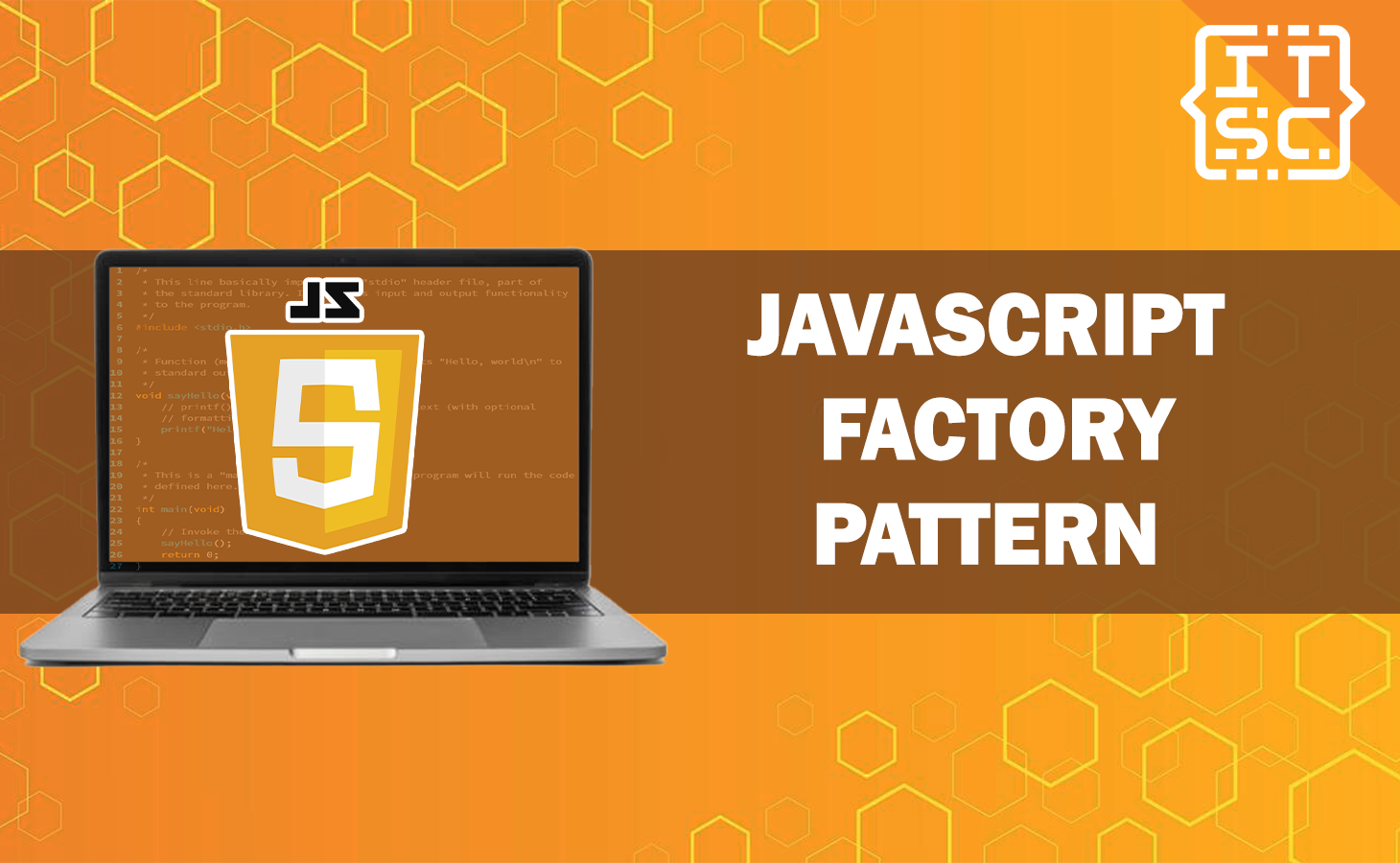In this article, we will explore this JavaScript factory pattern from its basics, advantages, implementation, and example programs.
JavaScript is a versatile and widely-used programming language, known for its capability to create dynamic and interactive web applications.
Among its many design patterns, the JavaScript Factory Pattern stands out as a powerful tool for creating objects.
What is a factory pattern in JavaScript?
The Factory Pattern is a creational design pattern used in JavaScript to create objects without specifying the exact class of object that will be created. It serves as an abstraction layer for object creation, promoting flexibility and reusability in your codebase.
Advantages of using Factory pattern
- Encourages modular and organized code.
- Enables easy maintenance and scalability.
- Promotes code reusability.
- Enhances the separation of concerns in your application.
Understanding the Factory Pattern
To grasp the Factory Pattern better, let’s break it down into key components.
1. Factory Function
A Factory Function is a JavaScript function that returns an object. It encapsulates the object creation process, allowing you to create instances with specific properties and behaviors.
2. Object Creation
The Factory Pattern abstracts the process of object creation. It hides the complex construction logic, making it easier to create objects with a consistent interface.
3. Usage
Developers can utilize the Factory Pattern to create objects in a standardized manner, enhancing code readability and maintainability.
Implementing the JavaScript Factory Pattern
Now that we’ve grasped the basics, let’s dive into implementing the JavaScript Factory Pattern in practical scenarios.
Creating an Object Using Factory Pattern
To create an object using the factory pattern, follow these steps:
- Define a factory function that takes parameters corresponding to the object’s properties.
- Inside the factory function, create a new object and set its properties based on the provided parameters.
- Add any necessary methods to the object.
- Finally, return the created object.
Example: Creating User Objects
Let’s illustrate this with a simple example. Suppose you want to create user objects with name and age properties:
function createUser(name, age) {
const user = {};
user.name = name;
user.age = age;
user.sayHello = function() {
console.log(`Welcome, my name is ${this.name} and I am ${this.age} years old.`);
};
return user;
}
const user1 = createUser('Caren', 30);
const user2 = createUser('Bobbie', 25);
user1.sayHello();
user2.sayHello();
Output:
Welcome, my name is Caren and I am 30 years old.
Welcome, my name is Bobbie and I am 25 years old.I think we already covered everything we need to know about this article trying to convey.
Nevertheless, you can also check these articles to enhance your JavaScript manipulation skills.
- How to Find and Replace Object in an Array JavaScript?
- How to Remove Duplicates from Array in JavaScript? 5 Ways
- What is JavaScript getComputedStyle? | Example Program To Use
Conclusion
To sum up, mastering the Factory Pattern JavaScript can significantly improve your coding skills. It offers a flexible and organized way to create objects, making your code more maintainable and scalable.
Whether you’re a novice or an experienced developer, incorporating the Factory Pattern into your toolkit is a step toward writing cleaner and more efficient code.

